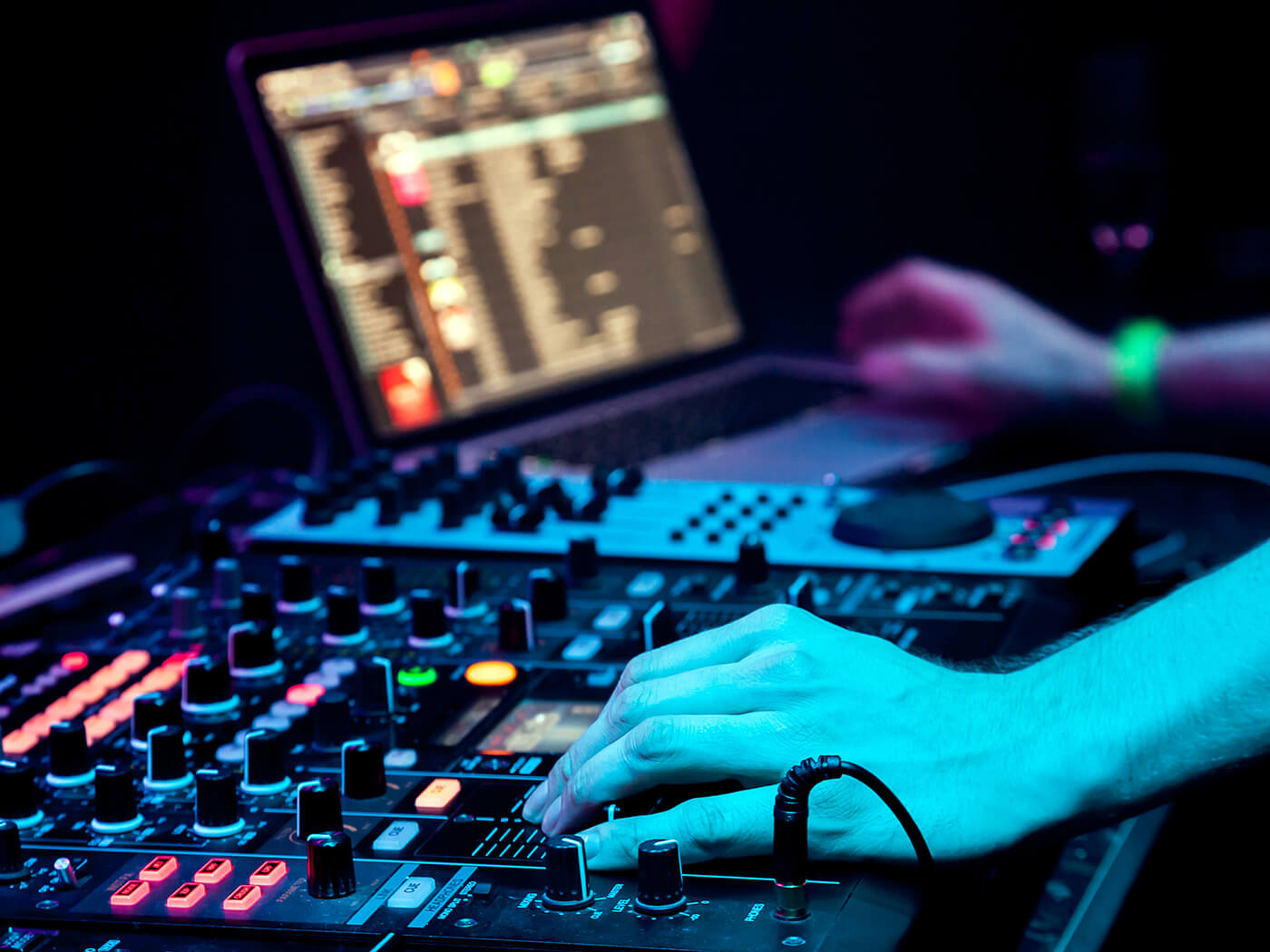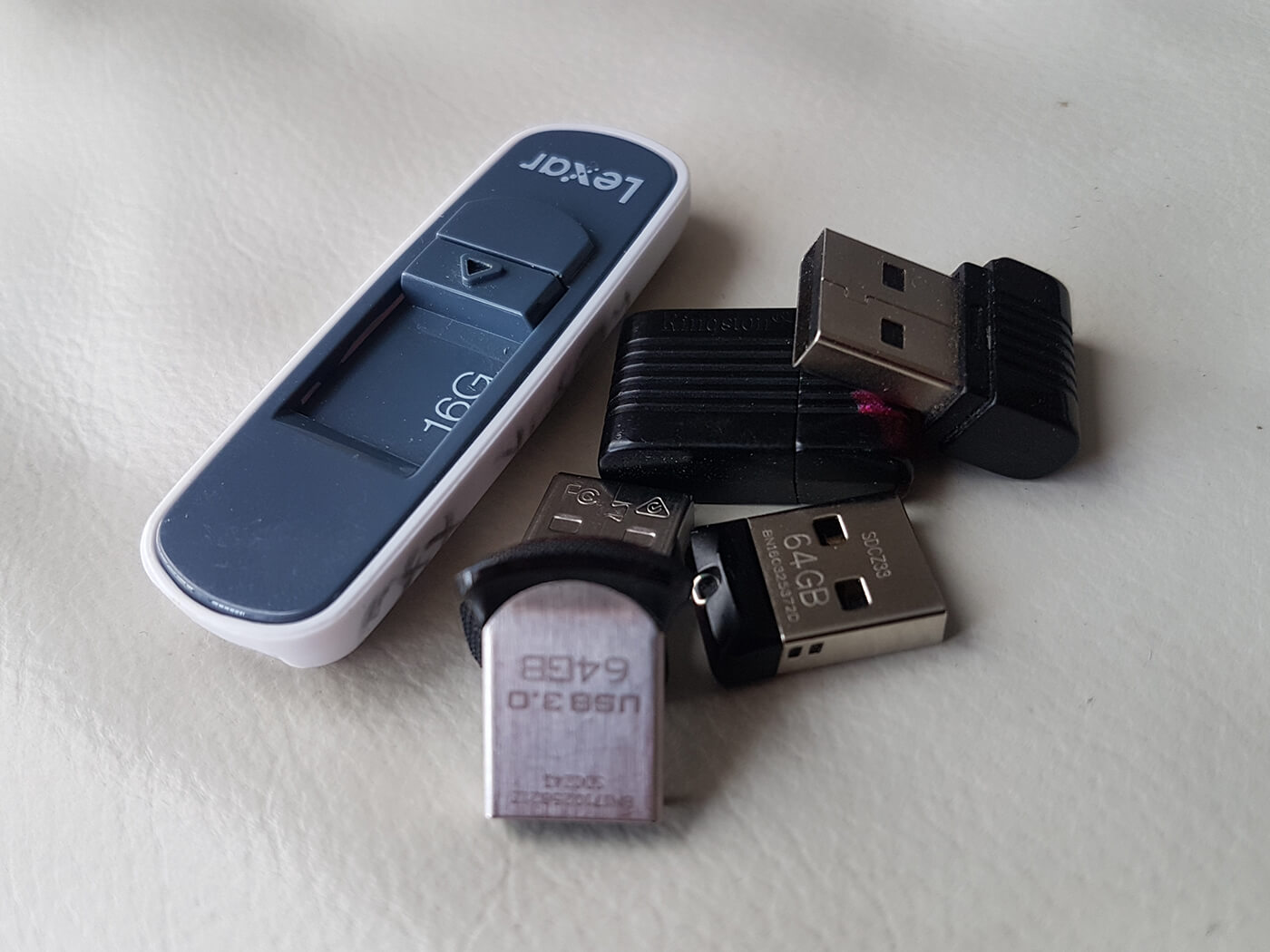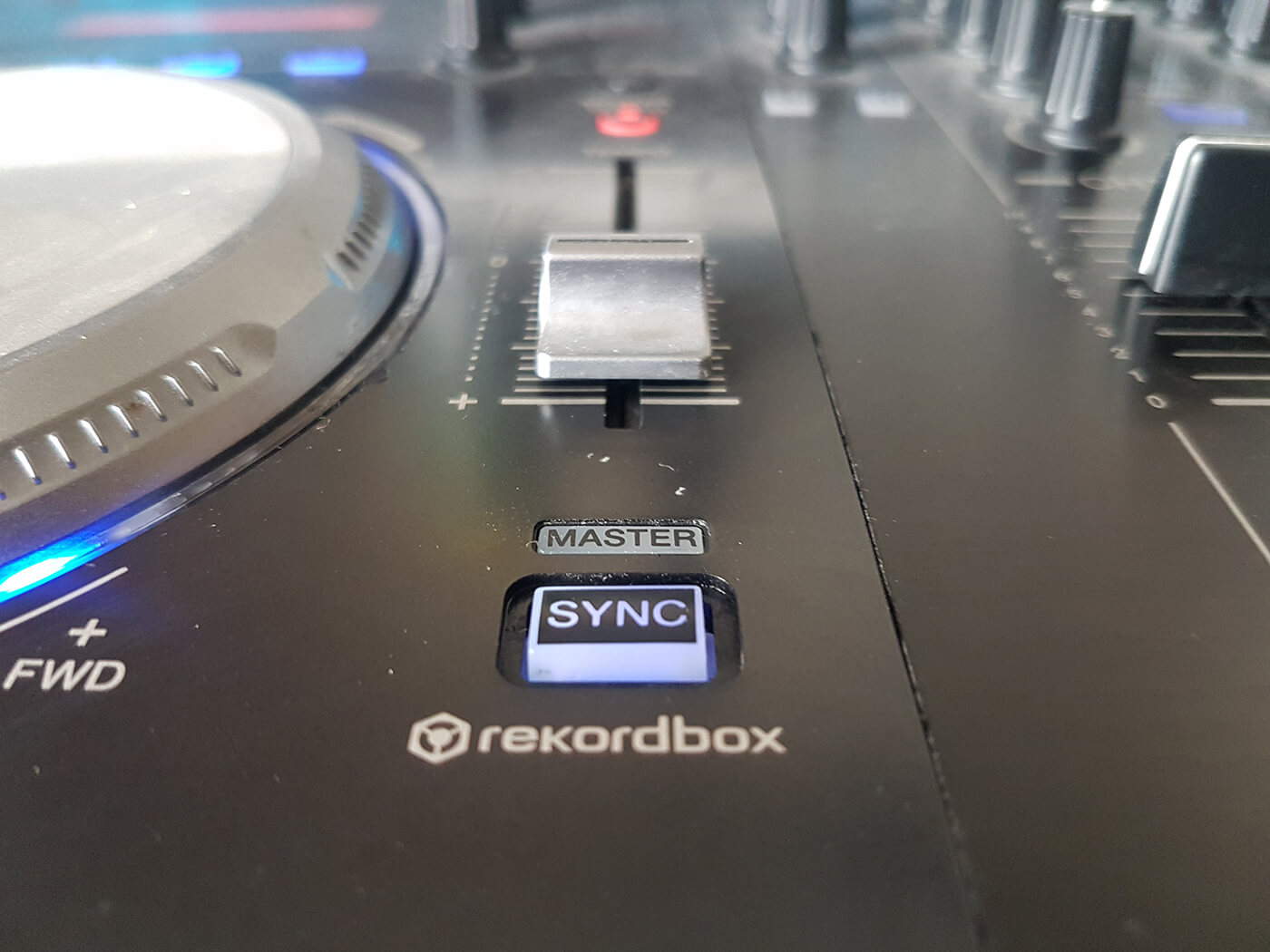12 set-preparation tips for digital DJs
It doesn’t matter whether you’re a DJ playing local bars or travelling the globe at major clubs, a bit of prep can be a lifesaver – and a way to take your set to the next level.

Listen to your music!
It sounds obvious, but really listen to your tracks and know them inside out. Even if you change up your sets frequently, you need to know your tracks like they’re your favourite records. Becoming well versed with the structure and details of each track will allow you to change up your sets on the fly. You’ll respond to the crowd better and achieve instinctive mixing and crossover points without having to overthink the process during a set.
Use all the features in front of you
Make sure to save things for recall later. Export your sets that went down well as new playlists so you can easily find them again. Read the manuals of your own gear, plus the industry-standard kit, so you can make use of all the killer features they offer.
Back up your USB keys

It’s always worth having duplicates of your USB keys, both physically and virtually on the cloud. Make exact copies so that you can have a backup in case of any disasters and you can even get mega-tiny SanDisk Ultra Fit USB keys, so there’s no excuse not to carry spares! Plus, if you turn up to use the Pioneer systems and the decks aren’t linked via ethernet [See tip 4], you can use your spare key as a clone, one per deck.
Bring spares and adaptors

Clubs will tell you that everything is set up fine, but it will only take a wonky cable or broken ethernet link cable to ruin your night. Bring a spare headphone lead, headphone adaptor, ethernet lead and even a couple of RCA cables in case of any dodgy deck-mixer connections.
Take protection!
You should save your ears and always take hearing protection. Even when you know the club and the booth, a long set can do permanent damage. There are so many options now, from high-quality plugs that fit all ears, to custom-moulded designs from companies such as ACS and Noisebreaker. Get yourself sorted!
Fill in the forms
Missing track information and any other additional information needed to help you mid-set should be filled in. Star rating, genre type, BPM, key are all useful tools. Many tags will be completed automatically from import analysis and song tags, but it’s worth using the other tags for your own housekeeping and ease of track selection.
Use cue points and loop markers
When you add new songs to your collection, add those cue points for the usual areas of the track. Hot cue the first beat, the start of the breakdown, the drop, the outro, any a cappella moments you may want to jump into. For some tracks, it might be worth having loops set up on the intros and outros that can be used in an emergency or for lovely extended blends and mixes.
Arrive early
This is where last-minute prep really becomes important if you’re following another DJ who you don’t know or at a venue you’re unfamiliar with. Spending some time listening to the tracks the current act is playing, assessing the vibe of the crowd and adjusting your set accordingly if needed.
Save your settings for recall
In software such as Rekordbox, your USB can be pre-saved to change the layout, colours and default settings of the deck or device the USB is plugged into. This means you don’t waste time setting your preferences on each deck at the start of your set.
Be sync ready

Regardless of whether you’re a fan or user of sync features or not, making sure you can use it when needed is worthwhile (see point 2). Get your tempo markers sorted if you’re unsure of any tracks analysis. A broken monitoring system in the booth or many other similar out-of-your control situations might make the sync-button a lifeline for that one set. So make sure your beatgrids and markers are in order or any wobbly-tempo older records are warped and gridded.
Take the latest firmware
If you’re using CDJs or any other gear provided by the venue, then it’s always worth having the latest firmware on a USB key in your bag. It’s really simple and quick to do. Some clubs don’t ever update the firmware on their kit and you might be left with a few glitches and software bugs that can easily be fixed with an update.
Back up to the cloud
Sync your music-management software (Rekordbox, Traktor, Serato, etc) to a folder linked to a backup cloud service such as Dropbox or Google Drive. This will mean you don’t have to worry about losing your music, plus in any USB-key-loss or laptop-crash emergency, you have a chance of pulling a set together.
For more essential guides, check here.